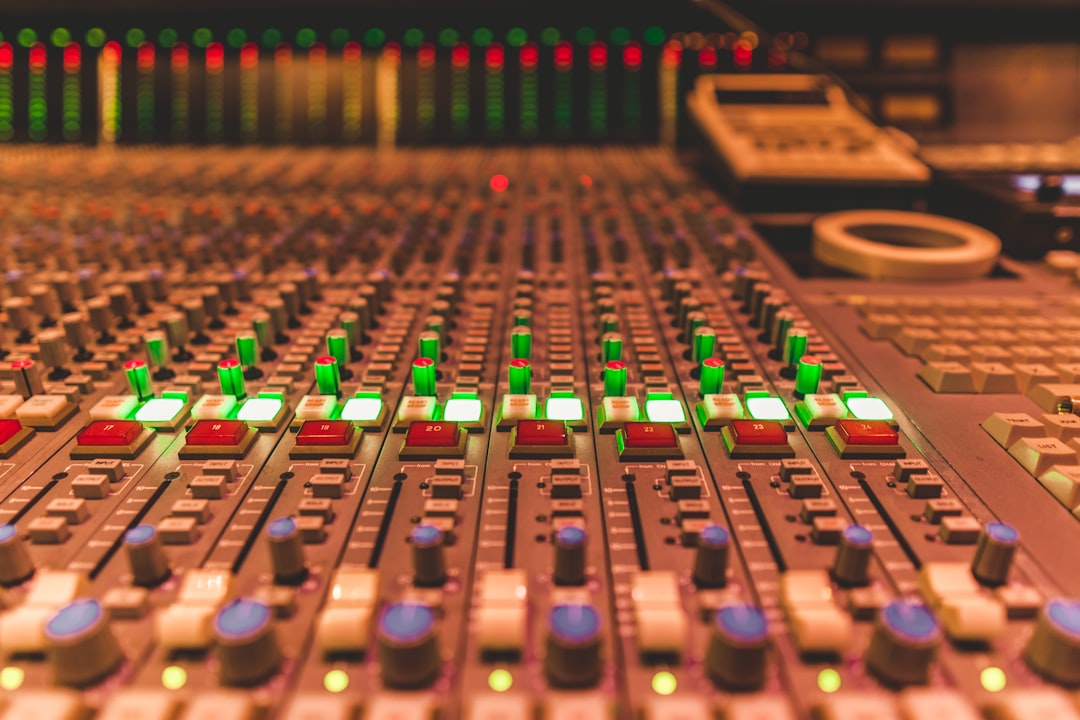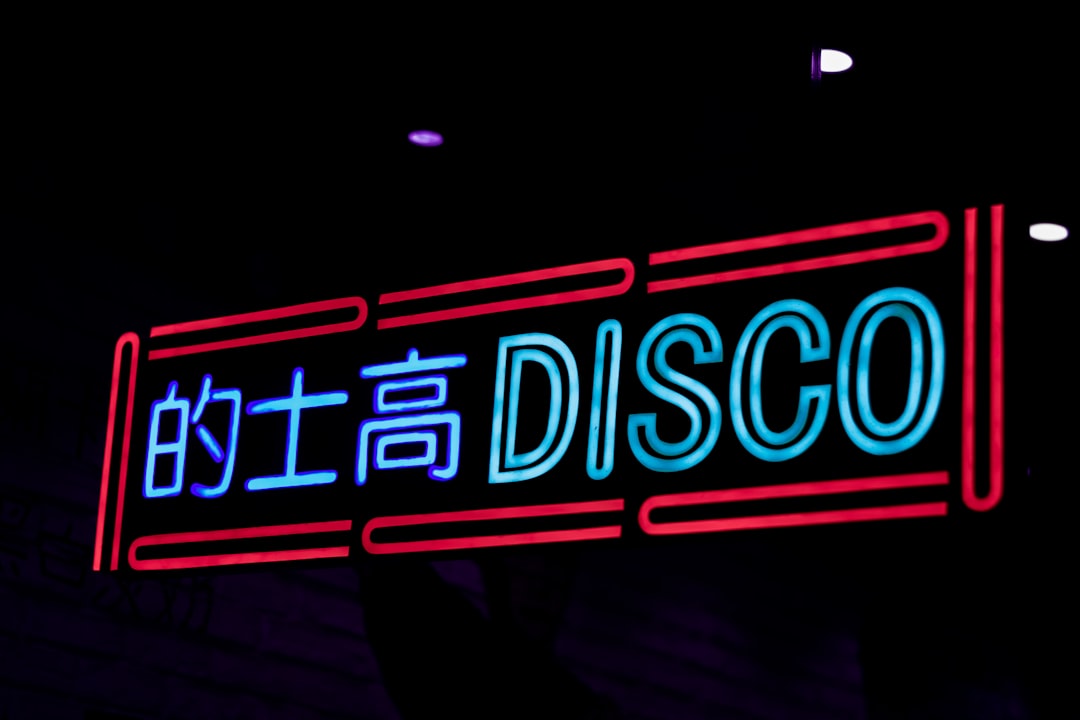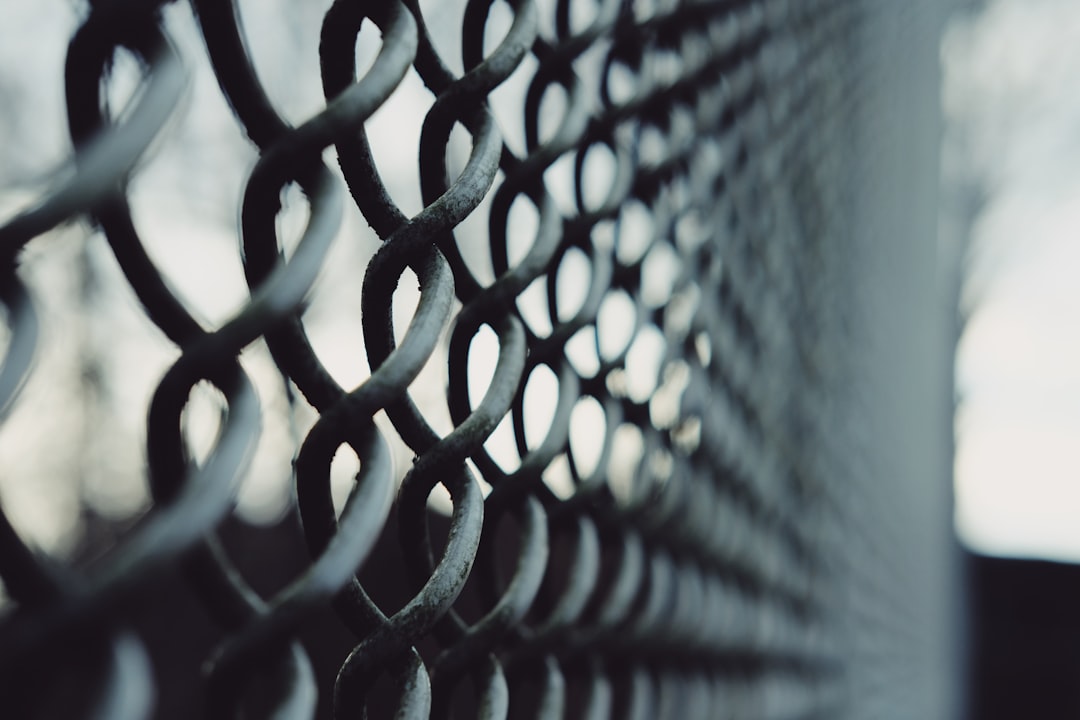What is it about?
The influence of John Cage’s music and ideas on Spanish experimental music is farreaching and extends from the 1950s to the present day. In order to analyse this influence, we have divided it into three important periods. In the first one, which began during the Franco dictatorship, we find Juan Hidalgo and the Zaj group that he cofounded with Ramón Barce and Walter Marchetti, in 1964. The second period, from the last breaths of Francoism to the political transition toward democracy, was marked by the arrival of the Merce Cunningham Company with Cage in 1966, and by the Pamplona Encounters in 1972. Carles Santos and Llorenç Barber are prominent during this period. In the third one, with democracy restored, Cage’s influence has been more diffuse and involves musicians bridging the gap between Santos and Barber’s generation, and younger composers born in the 1970s and 1980s.
Featured Image

Photo by Scott Umstattd on Unsplash
Why is it important?
It deals with an important and under-researched area, providing some useful information in an engaging way.
Perspectives
This article - with the Spanish context becoming a sort of case studys- is a extremely useful resource for discussing Cage’s influence and the complex ways in which that was felt.
Carmen Pardo Salgado
University of Girona (Spain)
Read the Original
This page is a summary of: The Influence of John Cage on Spanish Experimental Music, Contemporary Music Review, March 2019, Taylor & Francis,
DOI: 10.1080/07494467.2019.1578119.
You can read the full text:
Contributors
The following have contributed to this page










